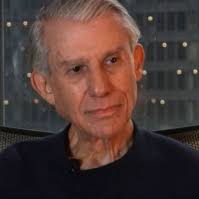This piece was reprinted by OpEd News with permission or license. It may not be reproduced in any form without permission or license from the source.
"This year its traders valued some of their positions at prices that differed from the investment bank, people familiar with the situation have said."
"One trader built up positions in credit derivatives so large and market-moving he became known as the London Whale."
"It was those bets on credit-default swaps known as the Markit CDX North America Investment Grade Series 9 that backfired and forced JPMorgan to disclose the trading loss."
When risks got out of hand, board members lacked experience to police it. No one on JPM's risk policy committee worked as a banker. At issue is how could Wall Street's "best run bank" operate this way? Answers weren't forthcoming.
in 2005, Bloomberg reported on JPM's risk model after it acquired Bank One. Dimon became CEO. He created the CIO. It speculates on high-risk assets like credit default swaps and similar investments.
Dimon encouraged it. Again, why worry when things go well. Former North America CIO head David Olsen said he was told when hired:
"We want to ramp up the ability to generate profits for the firm. This is Jamie's new vision for the company."Until things cratered, profits and assets surged. High-risk bets paid off. Sub prime ones did handsomely.
"In addition to making speculative bets, the CIO took on a bigger role after the financial crisis, hedging JPMorgan's potential losses on loans and corporate bonds by taking positions in credit derivatives."
Next Page 1 | 2 | 3 | 4 | 5 | 6 | 7
(Note: You can view every article as one long page if you sign up as an Advocate Member, or higher).





